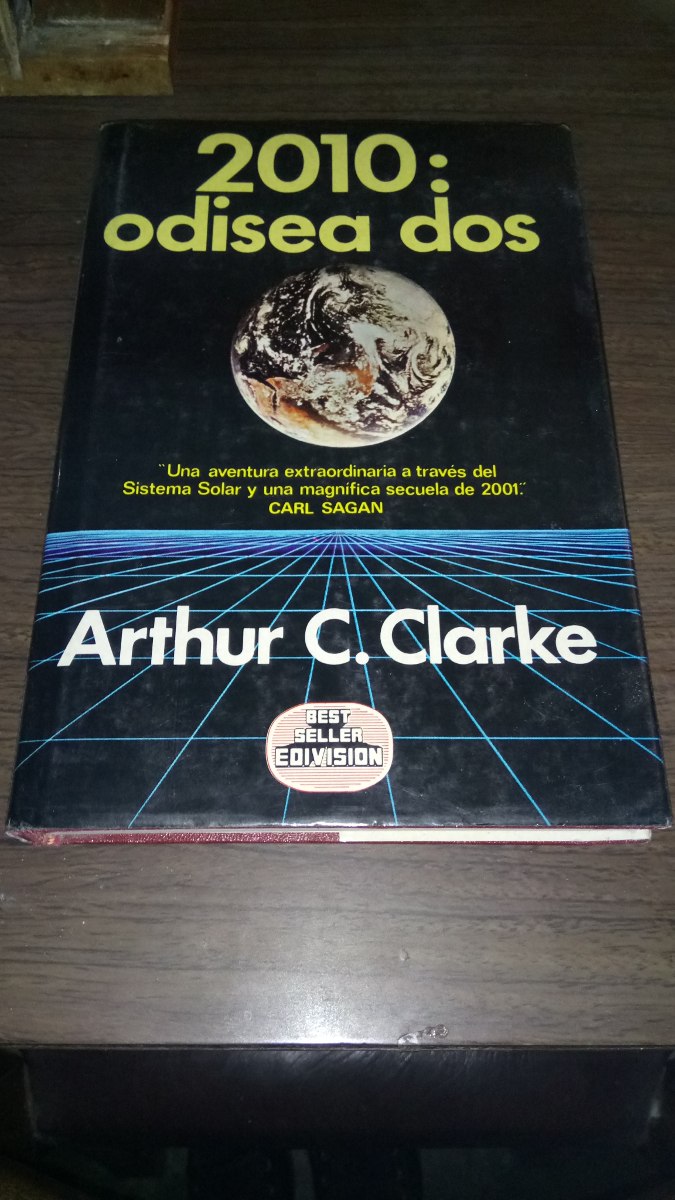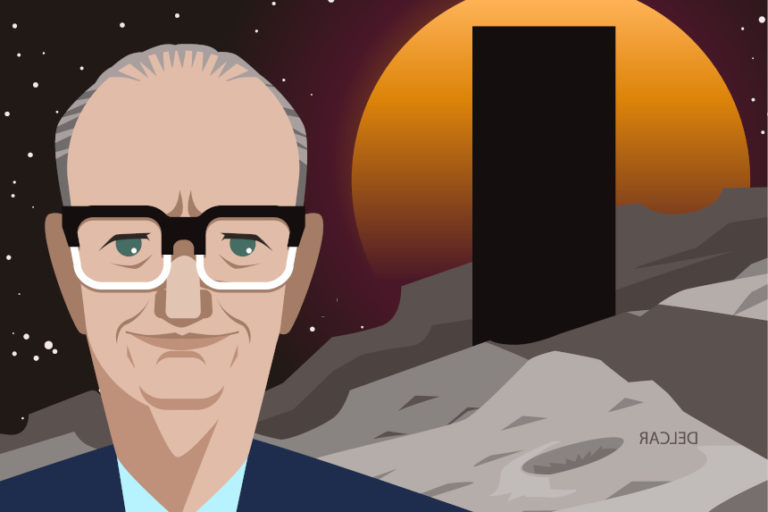

As a diegetic prop it works well in the film.

Now I suppose the filmmakers would have to use a Twitter trending topics graphic or something.Ģ010: The Year We Make Contact was released in 1984, in the midst of rather frigid US-Soviet relations. I honestly can’t remember the last time I saw one, but it meant something *then*. It does so in a way that was apropos of the era of conscientious, editorially-motivated print journalism - the Time Magazine cover story. In any case, this very brief moment on the screen caught my eye while I was distractedly gardening my digital empire on the lap topped with computer - it’s a prop that appears so as to elevate the backstory in the film of tension between the U.S.S.R. Subscribe to our newsletter to be the first to hear from our cultural voyeurs and time-traveling anthropologists who regularly report on the signals and artifacts they bring back from the future.Īpropos of the new decade, I hunkered down to half watch the 2001: A Space Odyssey sequel 2010: The Year We Make Contact - a middling accomplishment in the shadow of 2001, but more of a movie than the cinephile’s 2001, at least insofar as one might measure the distinction using the vulgar calculus of *words-of-dialogue-per-film-minute.* Join us to our office hours to discuss design, design fiction, projects you are working on and generaly Q&A.

It all adds up to a nicely written, poorly constructed, and ultimately purposeless book that confirms Clarke’s original plan to leave well enough alone.You are browsing the archives of the Near Future Laboratory blog. And, to top things off, there are many and long quotes – retreads – from the previous book. There’s a lack of clarity at one point about whether a scene is a flashback or just badly set up. The sequence of events is at times asynchronous, and there are occasional long, jarring and – I’m sorry to say it – dull asides that add very little. It’s an unfortunate exemplar of a bridge sequel, in that very little happens other than to lay the groundwork for another book. I suppose that he was acknowledging that the film reached more people, but even aware of the decision, I found it confusing, and had to keep reminding myself that this was a sequel to the film (which I haven’t seen for decades) and not to the book I read last month.Įqually troubling, there’s little real purpose to the book. That means that instead of taking place around Saturn, the action is based around Jupiter. This sequel was decidedly underwhelming.įor one thing, Clarke has chosen to follow the film version of 2001 rather than his own book version. Sometimes, it’s best to stick with the original intent. Clarke said for a long time that he’d not write a sequel to 2001.


 0 kommentar(er)
0 kommentar(er)
